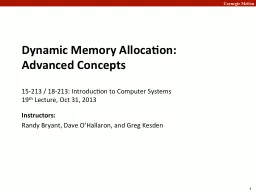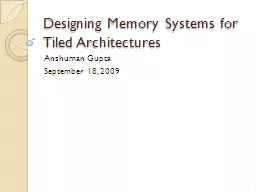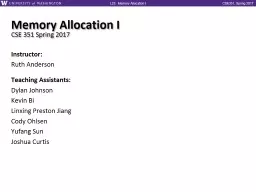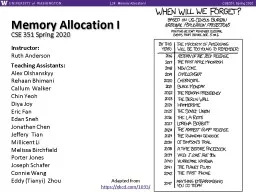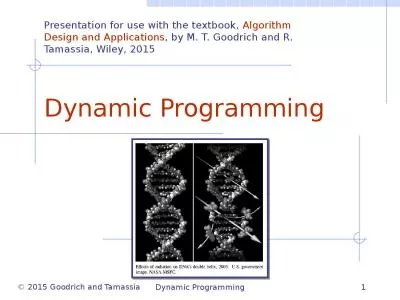PPT-Dynamic Memory Allocation:
Author : ellena-manuel | Published Date : 2018-03-10
Advanced Concepts 15213 18213 Introduction to Computer Systems 19 th Lecture Oct 31 2013 Instructors Randy Bryant Dave OHallaron and Greg Kesden Today Explicit
Presentation Embed Code
Download Presentation
Download Presentation The PPT/PDF document "Dynamic Memory Allocation:" is the property of its rightful owner. Permission is granted to download and print the materials on this website for personal, non-commercial use only, and to display it on your personal computer provided you do not modify the materials and that you retain all copyright notices contained in the materials. By downloading content from our website, you accept the terms of this agreement.
Dynamic Memory Allocation:: Transcript
Download Rules Of Document
"Dynamic Memory Allocation:"The content belongs to its owner. You may download and print it for personal use, without modification, and keep all copyright notices. By downloading, you agree to these terms.
Related Documents

